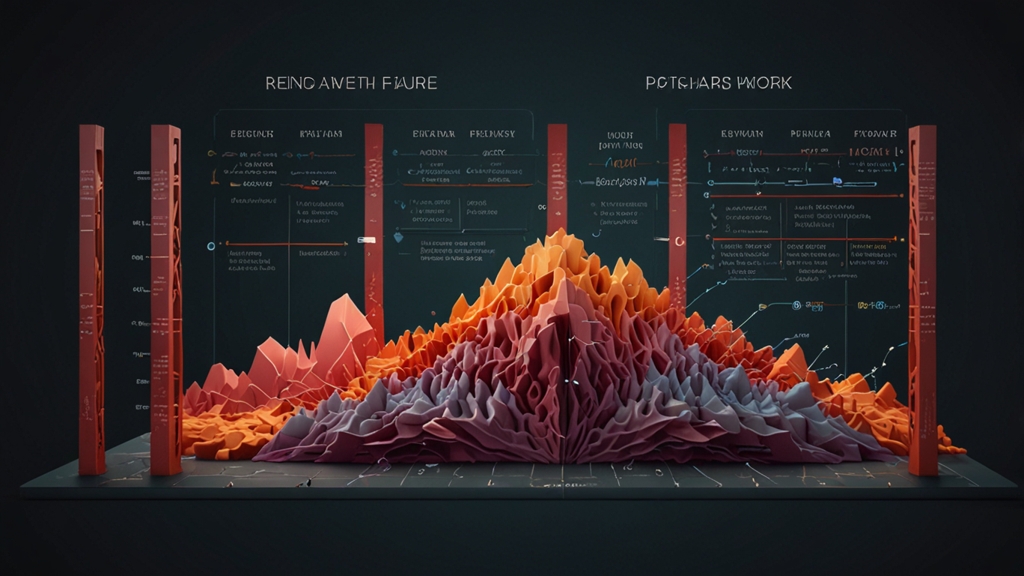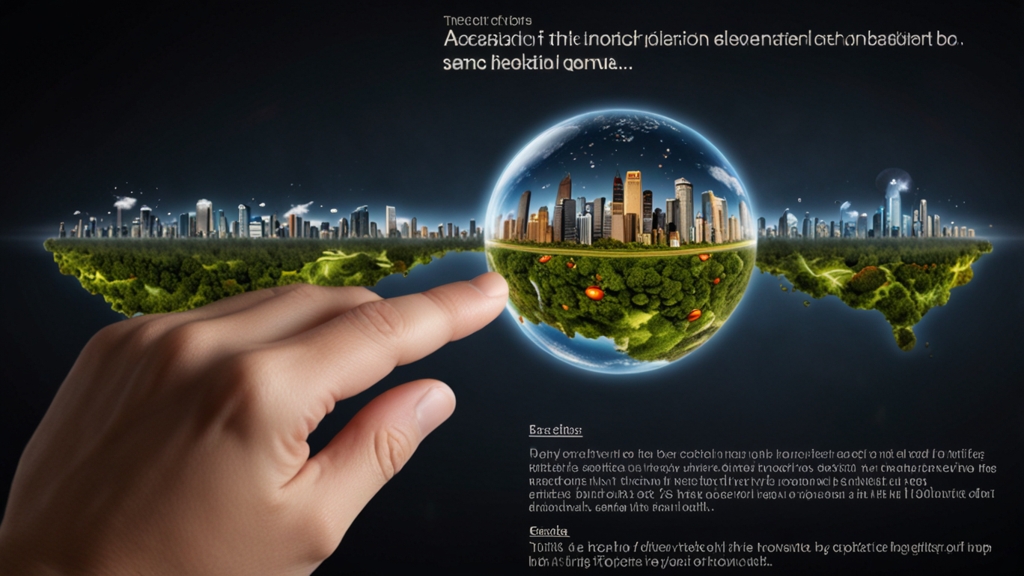The Future is Now: How Augmented Reality is Shaping Mobile Apps
Augmented Reality (AR) has evolved from a futuristic concept into a rapidly growing technology with far-reaching applications in the realm of mobile apps. By superimposing digital information on the real world, AR provides users with unique, interactive experiences that are changing the way we live, work, and play. This article explores how augmented reality is shaping mobile apps across various industries and what this means for the future.
Revolutionizing Retail
The retail sector has been one of the earliest adopters of AR technology. Retailers are using AR to create immersive shopping experiences that bridge the gap between online and in-store shopping. Apps like IKEA Place and Wayfair allow users to visualize furniture in their homes before making a purchase. By pointing their devices at their living space, customers can see how a new couch or table would look, ensuring that the style, size, and color perfectly match their environment.
"AR not only makes the shopping experience more engaging but also reduces the likelihood of returns, making it a win-win for both consumers and retailers." - Jane Doe, Retail Analyst
Transforming Education
Education is another area where AR is making significant inroads. Educational apps using AR can provide an immersive learning experience that textbooks simply cannot match. Apps such as AR Flashcards and Google Expeditions enable students to interact with 3D models and visualizations, making complex subjects easier to understand.
For example, anatomy students can use AR apps to visualize the human body in 3D, exploring different organ systems in a more interactive manner. This hands-on approach not only enhances comprehension but also caters to different learning styles, making education more inclusive and effective.
Enhancing Entertainment
The entertainment industry is thriving with AR technology. Games like Pokémon GO have already demonstrated the sensational potential of AR by encouraging users to explore the real world to catch virtual creatures. This merging of physical and digital landscapes offers endless possibilities for future game developers and content creators.
Beyond gaming, AR is also being used in movies and live performances to create captivating visual effects that are only visible through a mobile device. Imagine attending a concert where the stage comes to life with virtual fireworks and animations that dance in sync with the music, all viewed through your smartphone.
"AR is revolutionizing the way we consume entertainment, creating experiences that are truly multi-dimensional and immersive." - John Smith, Entertainment Technology Expert
Streamlining Navigation and Travel
AR is making navigation and travel easier and more interactive. Apps like Google Maps are incorporating AR to provide users with real-time, on-screen walking directions. By holding up their phones, users can see digital arrows and signs overlaid on the real world, guiding them to their destination.
In the travel sector, AR is being used to enrich tourists' experiences by providing informative overlays on historical landmarks and points of interest. Apps like Citymapper and Yelp Monocle help travelers explore new cities by offering interactive guides and reviews, making it easier than ever to find the best restaurants, attractions, and activities.
Future Prospects
The future of AR in mobile apps is undeniably promising. With advancements in ARKit and ARCore from Apple and Google, developers have powerful tools to create more sophisticated and seamless AR experiences. Additionally, the rise of 5G technology will support the high bandwidth and low latency required for high-quality AR applications.
As AR continues to advance, we can anticipate its integration into various other sectors, including healthcare, real estate, and manufacturing. Surgeons might use AR glasses for more precise operations, real estate agents could offer virtual property tours, and factory workers may receive real-time instructions and schematics overlaid directly onto machinery.
"The potential of AR is limited only by our imagination. As technology progresses, so too will the ways in which AR can be utilized to enhance our daily lives." - Emily Johnson, AR Innovator
In conclusion, augmented reality is rapidly transforming mobile apps across a multitude of industries, providing enhanced interactivity and engagement. As the technology continues to evolve, its applications will only become more diverse and impactful, heralding a future where the lines between the real and digital worlds are increasingly blurred.








